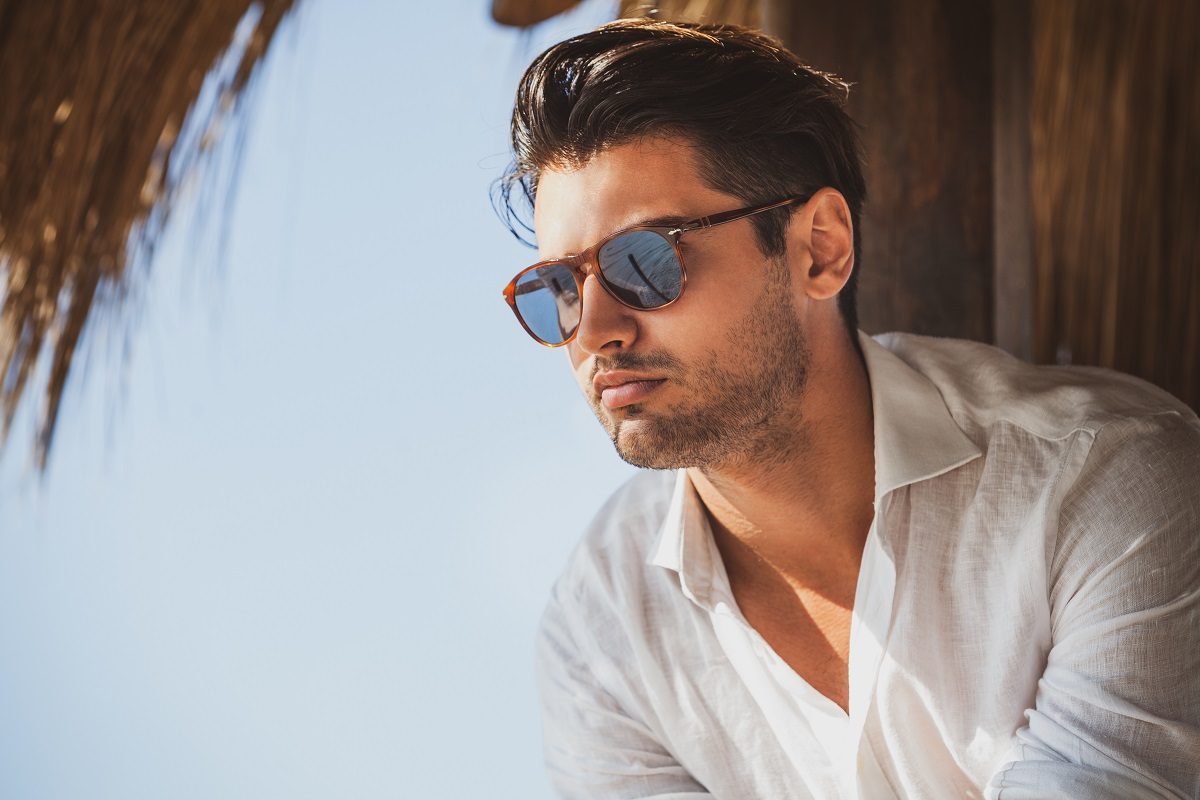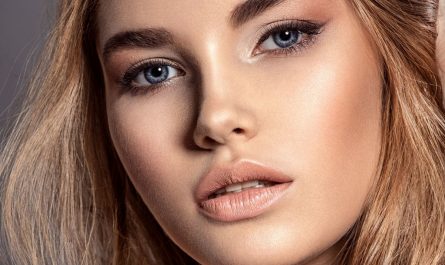The summer season is just around the corner, which means that everyone will need some good quality sunglasses to protect their eyes from the sun’s rays. Whether you’ve had corrective eye surgery at a LASIK Los Angeles clinic or not, choosing lenses that will block out harmful UV rays and prevent eye strain is important.
There are many benefits to having LASIK surgery before the summer season. With hotter days and more time spent outside, many people relish the results of their corrective eye surgery. Not having to worry about glasses or contacts while you’re admiring the world around you is convenient and enhances your quality of life. If you consult an eye surgeon at a LASIK eye center in Los Angeles, you will learn that the recovery period is very quick. This is just one of the advantages of the procedure.
In order to maintain optimal eye health and comfort, most LASIK Los Angeles clinics will advise patients to purchase good-quality sunglasses to have on hand. Some patients can experience increased sensitivity to light right after their procedure and through their period of healing. High-quality sunglasses will allow patients to enjoy sunnier days without eye discomfort.
Here are some factors to keep in mind when choosing your next pair of sunglasses.
Polarized Lenses
When searching for sunglasses after your LASIK Los Angeles procedure, you may run into something called polarization. Non-polarized sunglasses can offer protection from horizontal and vertical UV sun rays; however, they do not protect against reflections, otherwise known as horizontal glare. The reason that polarization is so important in sunglasses is that horizontal glare can drastically affect our vision in certain environments. Polarized lenses include a filter that blocks horizontal glare by allowing vertical rays in. This feature can support eye comfort and health by eliminating the need for eye strain. Not only does polarization improve visibility and eye comfort, but it can also help with color saturation.
UV-Protected Lenses with Full Coverage
Many people know that UV rays are harmful to our eyes, which is why UV-protected lenses are so important when selecting the right sunglasses. Ultraviolet rays are known to cause cataracts, pterygiums, macular degeneration, photokeratitis, and skin cancer. Polarized sunglasses alone do not protect against damaging ultraviolet rays that cause these conditions. So, it is always important to choose sunglasses that offer 100% UV 400 protection.
Another aspect of choosing sunglasses is to go for a full-coverage design. If you start trying on sunglasses, you will notice that a lot of them have lenses that cover the front of your eyes while leaving the sides and top open to harmful rays. For better coverage, look for sunglasses that have a wrap-around style. If, for any reason, you do not find a fitting pair of sunglasses that wrap around, you can ask about anti-reflective coatings for a normal pair.
Sunglasses You Like
If you’re investing in a nice pair of sunglasses, you want to make sure that they fit well, feel comfortable, and look good. This will enhance your wearing experience and motivate you to carry them with you wherever you go for maximum sun protection. Trying on sunglasses is the best way to see if they fit your face and head shape. Not everyone can wear the same style of sunglasses. One thing to keep in mind when choosing your sunglasses is that thick frames will usually fit tighter to your face. This design can allow for better protection against harmful UV rays as well as dust particles, pollen, and other outdoor elements.
Lens Material and Tint
As you choose your sunglasses, remember that most lenses are made with CR39 plastic, polycarbonate, or crown glass. Some people appreciate plastic material because it is light and easy to wear. However, these lenses are sensitive to extreme heat and may bend or change after long exposure. Crown glass is a thinner material that is more resistant to scratches and can withstand long wear in the heat. Glass lenses can also be tinted more readily. Lastly, polycarbonate material provides an impact-resistant, shatterproof quality, making it a sturdy alternative. The only downside to this material is that it cannot tint as easily and is prone to more scratches than glass. The best way to choose your lens material is to consider how you will be using your sunglasses. Are you just using it for soaking in the sun outside, or will you be playing outdoor sports? The level of activity that you anticipate for your sunglass wear will help determine what kind of durability you need. You should also consider how often you go outside and what aesthetic look you want to achieve. All of these factors will help you decide on the best lens material for your purposes.
Now, we move on to lens tint. Contrary to popular belief, a darker-tinted lens will not offer you more UV ray blockage. The color tint is actually more about your visual quality. Gray is a common choice for most sunglass users. It offers the truest color perception and, thus, is reliable for day-to-day use. Amber or brown color tints are known to help with depth perception and enhance contrast. For certain sports like golfing or fishing, these kinds of sunglasses will help the wearer determine distance more accurately. If you want a tint that minimizes glare and increases contrast, then you may consider a blue or purple mirrored lens. Yellow, gold and amber tints are best for overcast, low-light days rather than sunny days. Again, you will want to consider how you will use your sunglasses when picking a color tint. Luckily, there are many options!
Sunglasses are an important accessory to have on hand in order to protect your eyes from harmful UV rays. So, make sure that you choose lenses that will fit your lifestyle and support your eye health in the best possible way.



